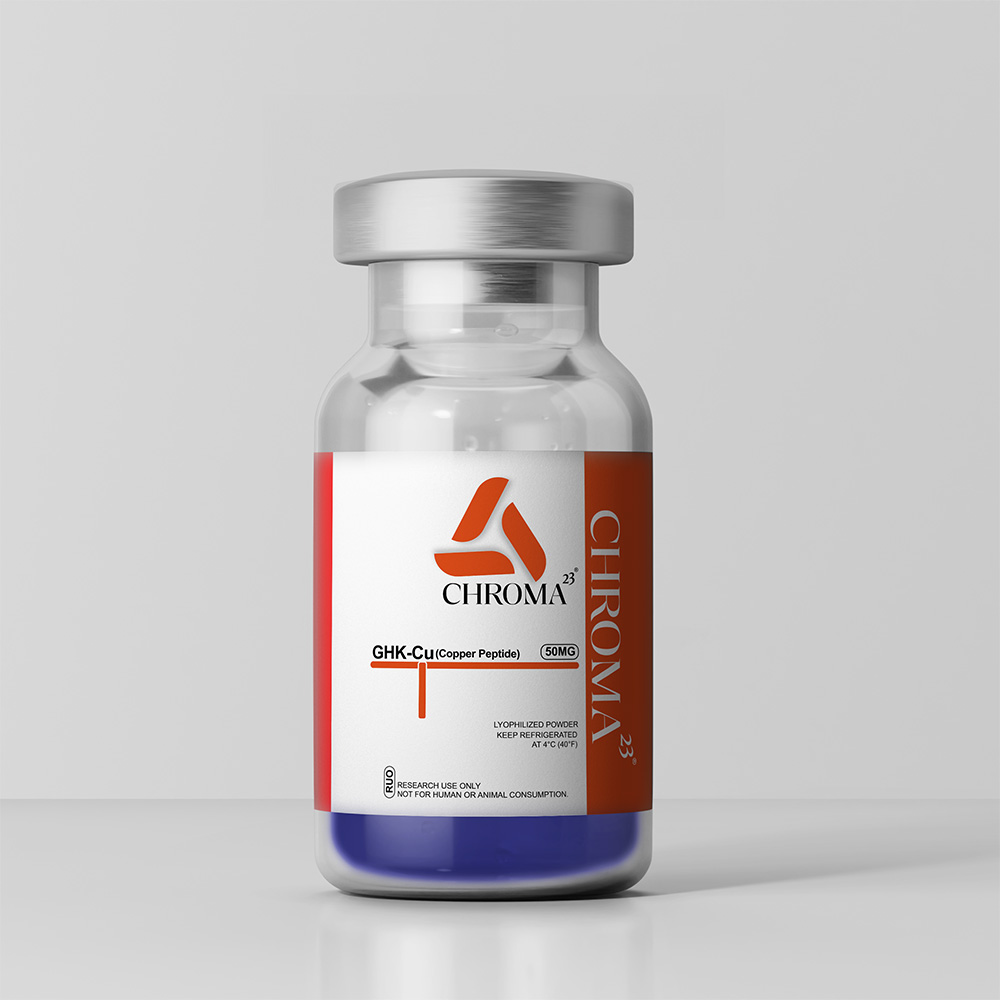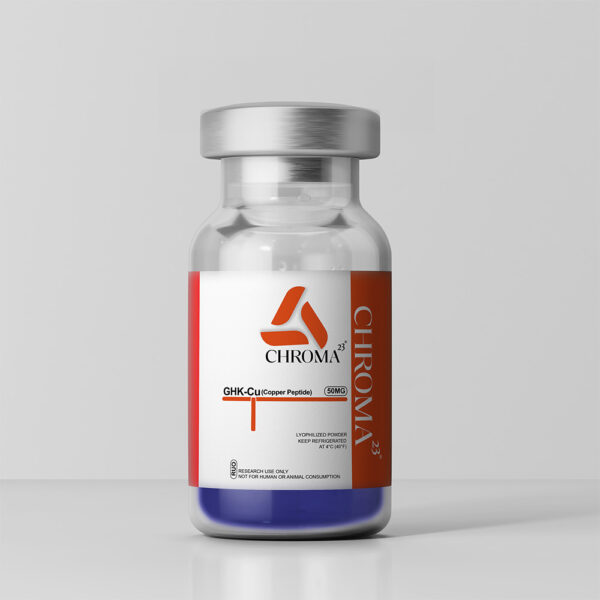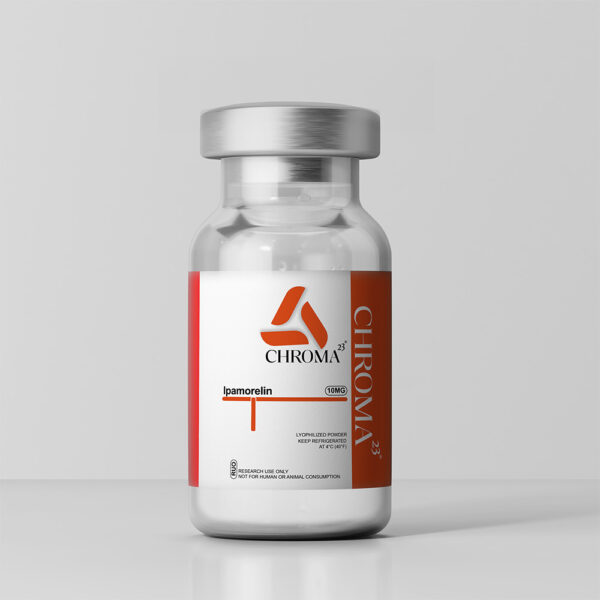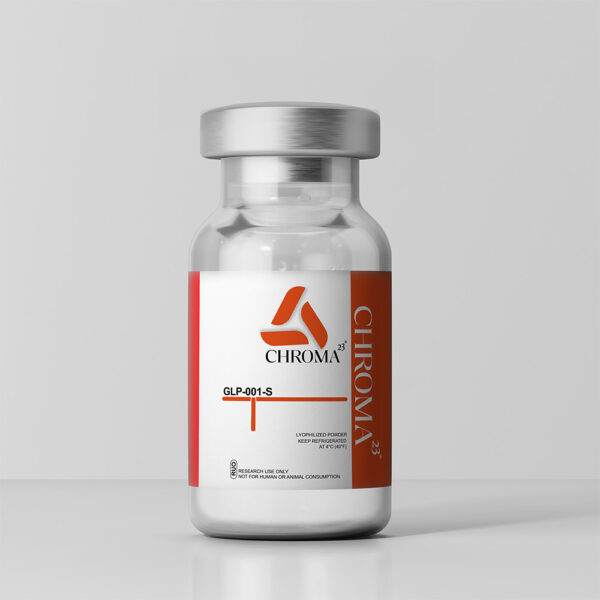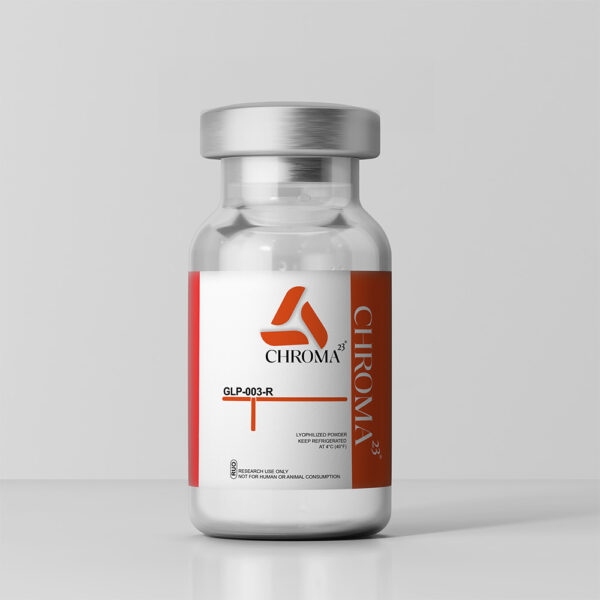The scientific study of GHK-Cu has expanded significantly in recent years, primarily due to its wide-ranging effects on gene expression, tissue repair, and cellular defense mechanisms. One of its most well-documented properties is its impact on collagen and extracellular matrix production. In dermal fibroblast studies, GHK-Cu has stimulated collagen synthesis, elastin formation, and improved dermal thickness in aging skin models.
Animal studies have shown that topical or systemic application of GHK-Cu can accelerate wound closure, reduce inflammation, and promote epithelial regeneration. It is believed that this peptide facilitates keratinocyte migration and increases the expression of integrins and laminin, key components in re-epithelialization.
GHK-Cu also shows promise in protecting against oxidative damage. It has been observed to enhance the activity of antioxidant enzymes like SOD and catalase, especially under stress conditions. This makes it a useful compound in studies examining UV-induced skin damage or oxidative aging models.
In rodent models of pulmonary inflammation and fibrosis, GHK-Cu reduced inflammatory cytokine levels and fibrotic markers, suggesting potential anti-fibrotic activity. Likewise, in liver injury models, it decreased markers of hepatic damage and improved tissue histology by modulating gene expression profiles involved in inflammation and fibrosis.
Neurologically, GHK-Cu has been observed to enhance the survival and outgrowth of neurons in vitro, particularly when paired with neurotrophic factors. Early-stage research also explores its potential to cross the blood-brain barrier and influence genes involved in neurogenesis, possibly making it a future subject of interest in neurodegenerative disease models.
Importantly, GHK-Cu has shown little to no toxicity in lab models, even at relatively high doses, and it possesses high biocompatibility. These features make it an ideal research compound for extended experimentation across a variety of tissue types.
Researchers continue to explore its impact on epigenetic regulation and its role in reactivating "youthful" gene expression patterns. GHK-Cu’s ability to repair DNA damage, normalize cellular communication, and support stem cell activity further underscores its potential as a research compound in anti-aging science.
Its well-characterized mechanisms and broad safety margin ensure its continuing role in peptide research aimed at regeneration, inflammation control, and oxidative defense.
This compound is intended exclusively for research purposes. Not for use in humans or animals.
References
- Pickart, L. (2008). The human tri-peptide GHK and tissue remodeling. Journal of Biomaterials Science, Polymer Edition, 19, 969 – 988. https://doi.org/10.1163/156856208784909435.
- Pickart, L., Vasquez-Soltero, J., & Margolina, A. (2015). GHK Peptide as a Natural Modulator of Multiple Cellular Pathways in Skin Regeneration. BioMed Research International, 2015. https://doi.org/10.1155/2015/648108.
- Dymek, M., Olechowska, K., Hąc-Wydro, K., & Sikora, E. (2023). Liposomes as Carriers of GHK-Cu Tripeptide for Cosmetic Application. Pharmaceutics, 15. https://doi.org/10.3390/pharmaceutics15102485.
- Wang, X., Liu, B., Xu, Q., Sun, H., Shi, M., Wang, D., Guo, M., Yu, J., Zhao, C., & Feng, B. (2017). GHK‐Cu‐liposomes accelerate scald wound healing in mice by promoting cell proliferation and angiogenesis. Wound Repair and Regeneration, 25. https://doi.org/10.1111/wrr.12520.
- Maquart, F., Bellon, G., Chaqour, B., Wegrowski, J., Patt, L., Trachy, R., Monboisse, J., Chastang, F., Birembaut, P., & Gillery, P. (1993). In vivo stimulation of connective tissue accumulation by the tripeptide-copper complex glycyl-L-histidyl-L-lysine-Cu2+ in rat experimental wounds.. The Journal of clinical investigation, 92 5, 2368-76 . https://doi.org/10.1172/JCI116842.
- Hou, G., & Zhou, X. (2018). Antioxidant and anti-inflammation effect of GHK-Cu in bleomycin-induced pulmonary fibrosis. ILD/DPLD of known origin. https://doi.org/10.1183/13993003.CONGRESS-2018.PA2957.
- Zhang, Q., Yan, L., Lu, J., & Zhou, X. (2022). Glycyl-L-histidyl-L-lysine-Cu2+ attenuates cigarette smoke-induced pulmonary emphysema and inflammation by reducing oxidative stress pathway. Frontiers in Molecular Biosciences, 9. https://doi.org/10.3389/fmolb.2022.925700.
- Park, J., Lee, H., Kim, S., & Yang, S. (2016). The tri-peptide GHK-Cu complex ameliorates lipopolysaccharide-induced acute lung injury in mice. Oncotarget, 7, 58405 – 58417. https://doi.org/10.18632/oncotarget.11168.
- Min, J., Sarlus, H., & Harris, R. (2024). Glycyl-l-histidyl-l-lysine prevents copper- and zinc-induced protein aggregation and central nervous system cell death in vitro. Metallomics: Integrated Biometal Science, 16. https://doi.org/10.1093/mtomcs/mfae019.
- Tucker, M., Liao, G., Park, J., Rosenfeld, M., Wezeman, J., Mangalindan, R., Ratner, D., Darvas, M., & Ladiges, W. (2023). Behavioral and neuropathological features of Alzheimer’s disease are attenuated in 5xFAD mice treated with intranasal GHK peptide. bioRxiv. https://doi.org/10.1101/2023.11.20.567908.
- Pickart, L., Vasquez-Soltero, J., & Margolina, A. (2017). The Effect of the Human Peptide GHK on Gene Expression Relevant to Nervous System Function and Cognitive Decline. Brain Sciences, 7. https://doi.org/10.3390/brainsci7020020.
- Sun, L., Li, A., Hu, Y., Li, Y., Shang, L., & Zhang, L. (2019). Self‐Assembled Fluorescent and Antibacterial GHK‐Cu Nanoparticles for Wound Healing Applications. Particle & Particle Systems Characterization, 36. https://doi.org/10.1002/ppsc.201800420.
- Pickart, L., Biology, F., & Margolina, A. (2021). Modulation of Gene Expression in Human Breast Cancer MCF7 and Prostate Cancer PC3 Cells by the Human Copper-Binding Peptide GHK-Cu.. , 05, 1-1. https://doi.org/10.21926/OBM.GENET.2102128.

